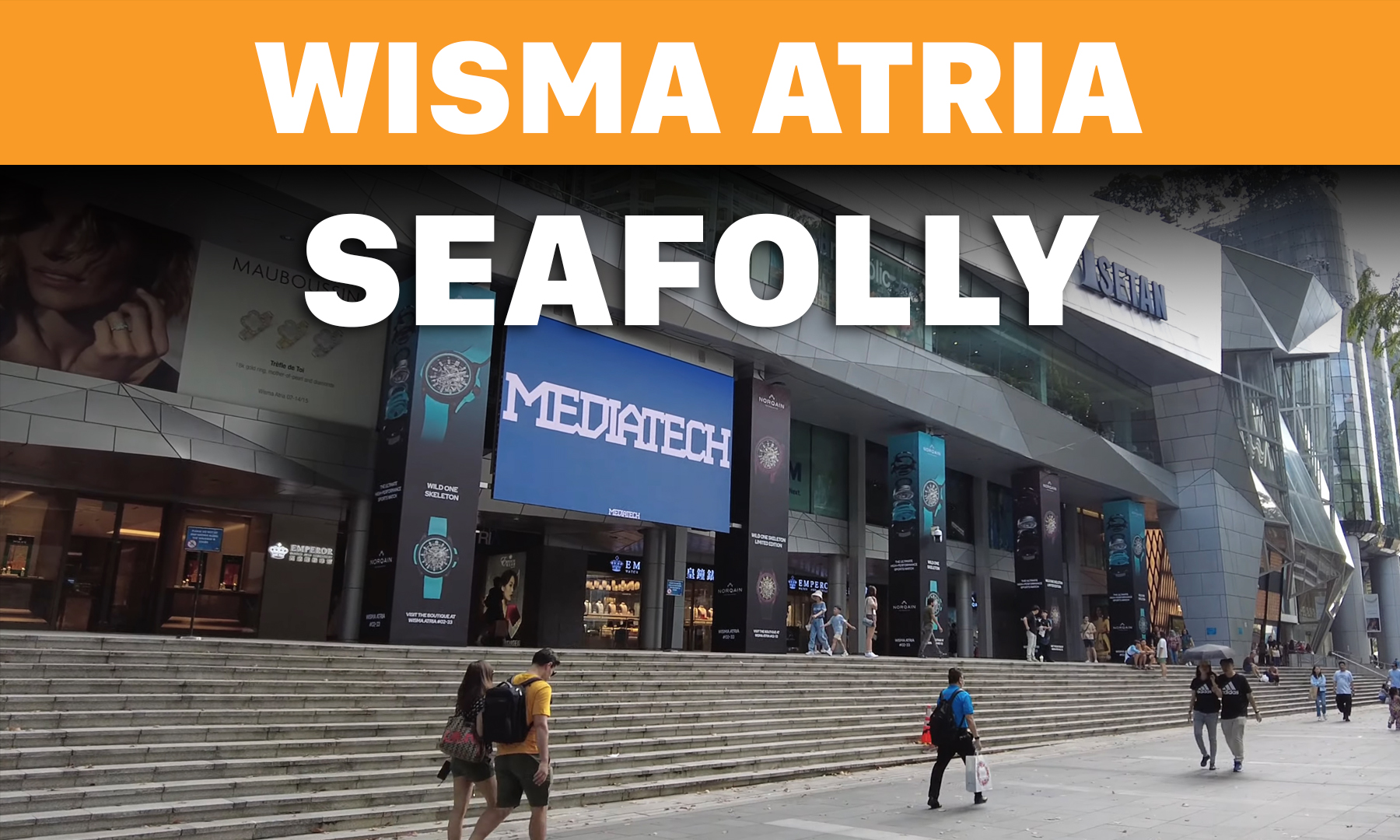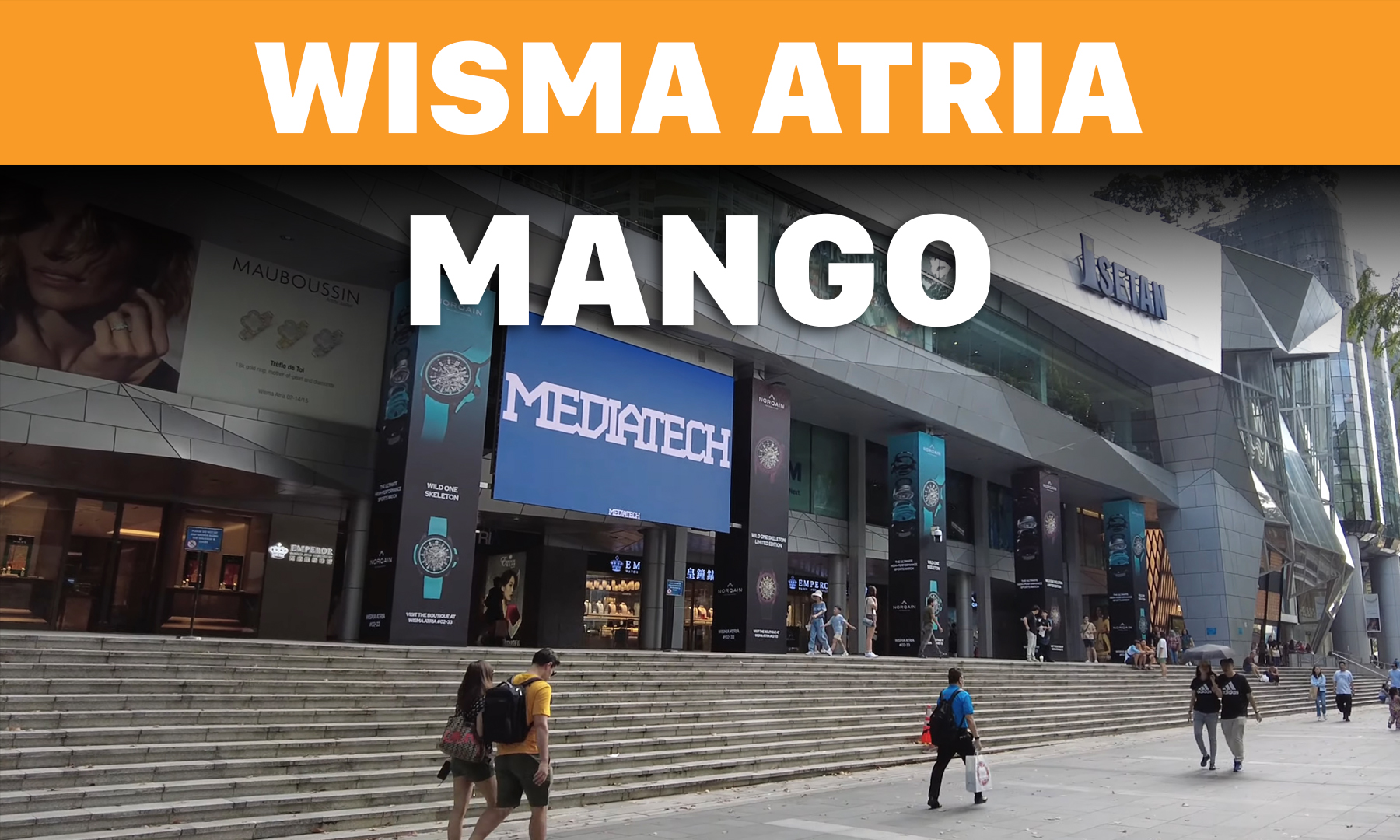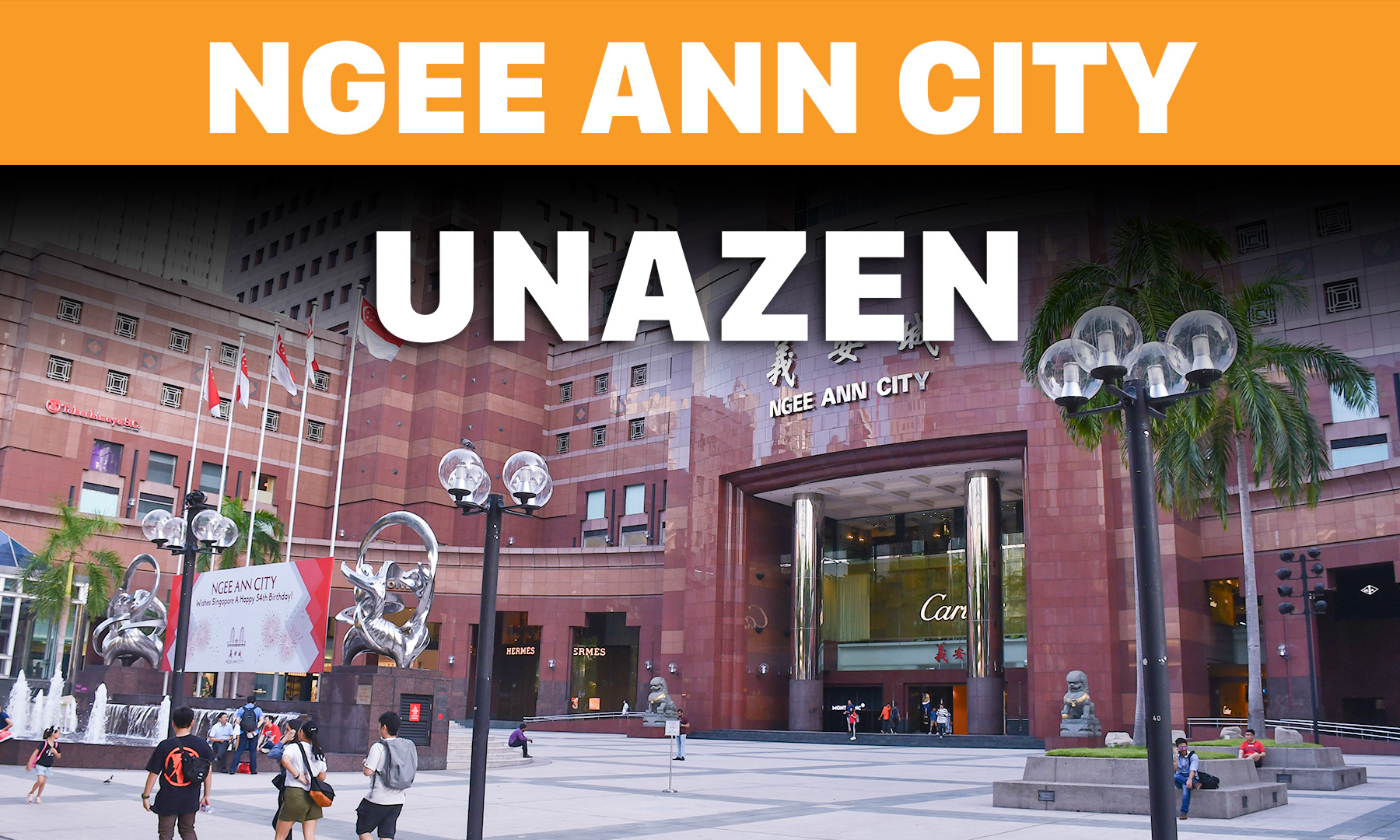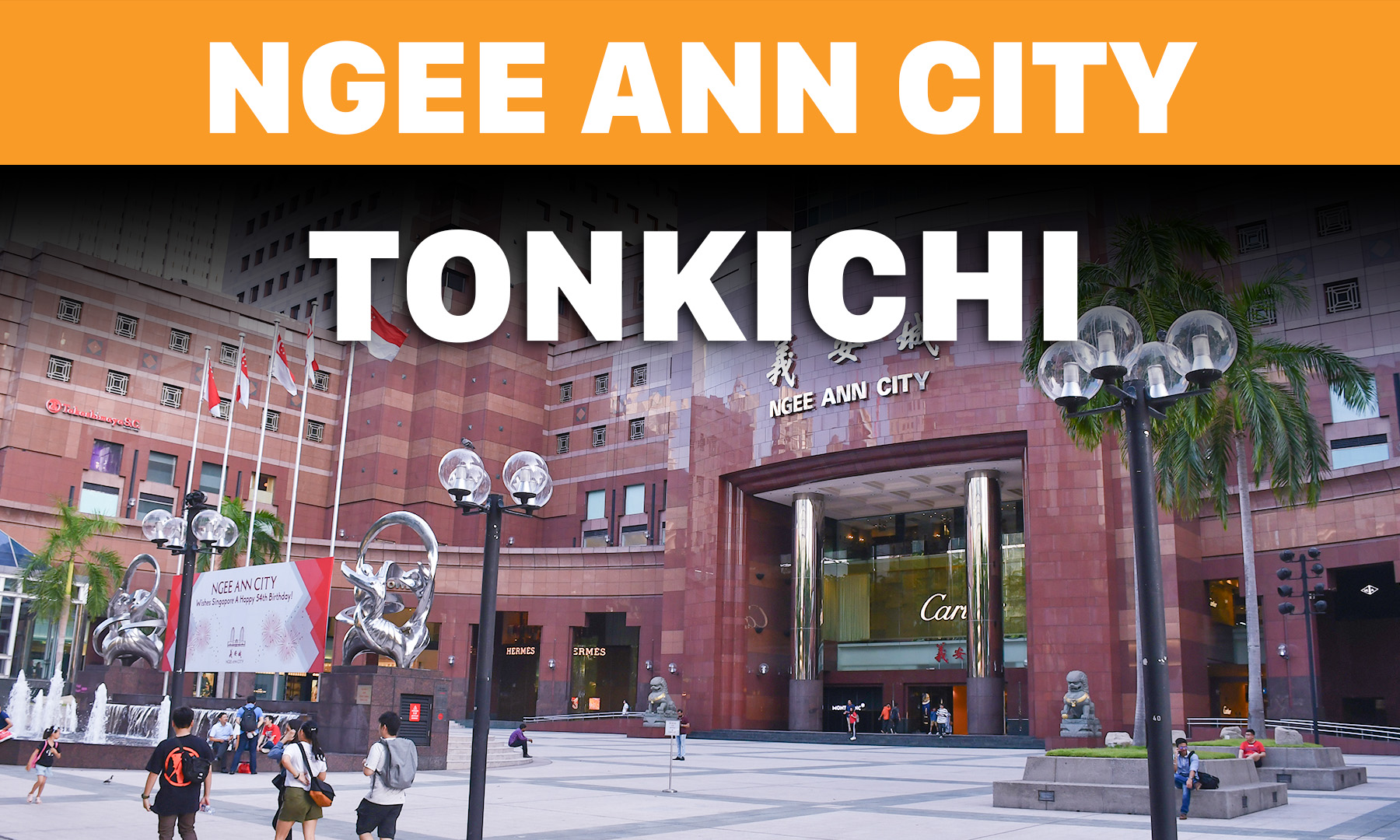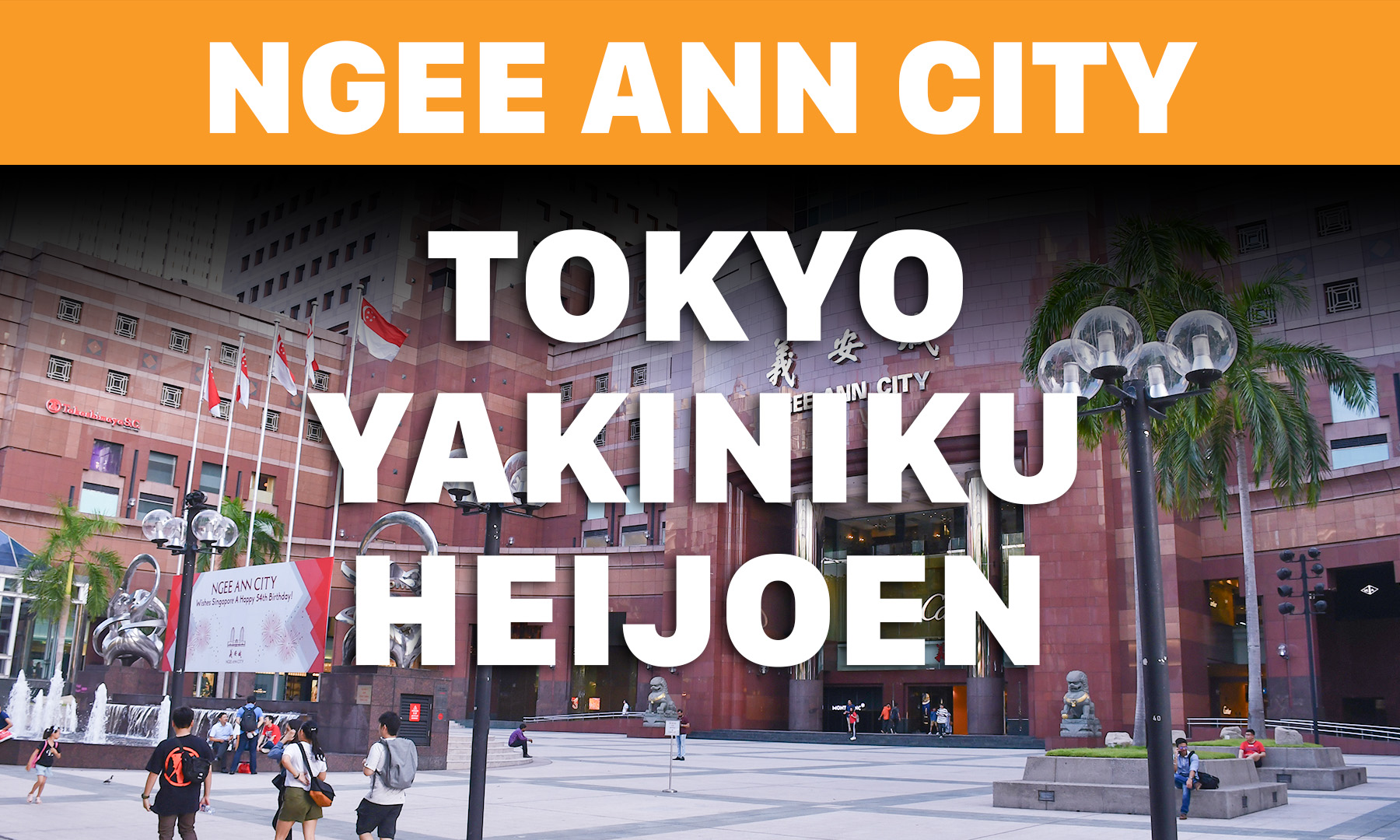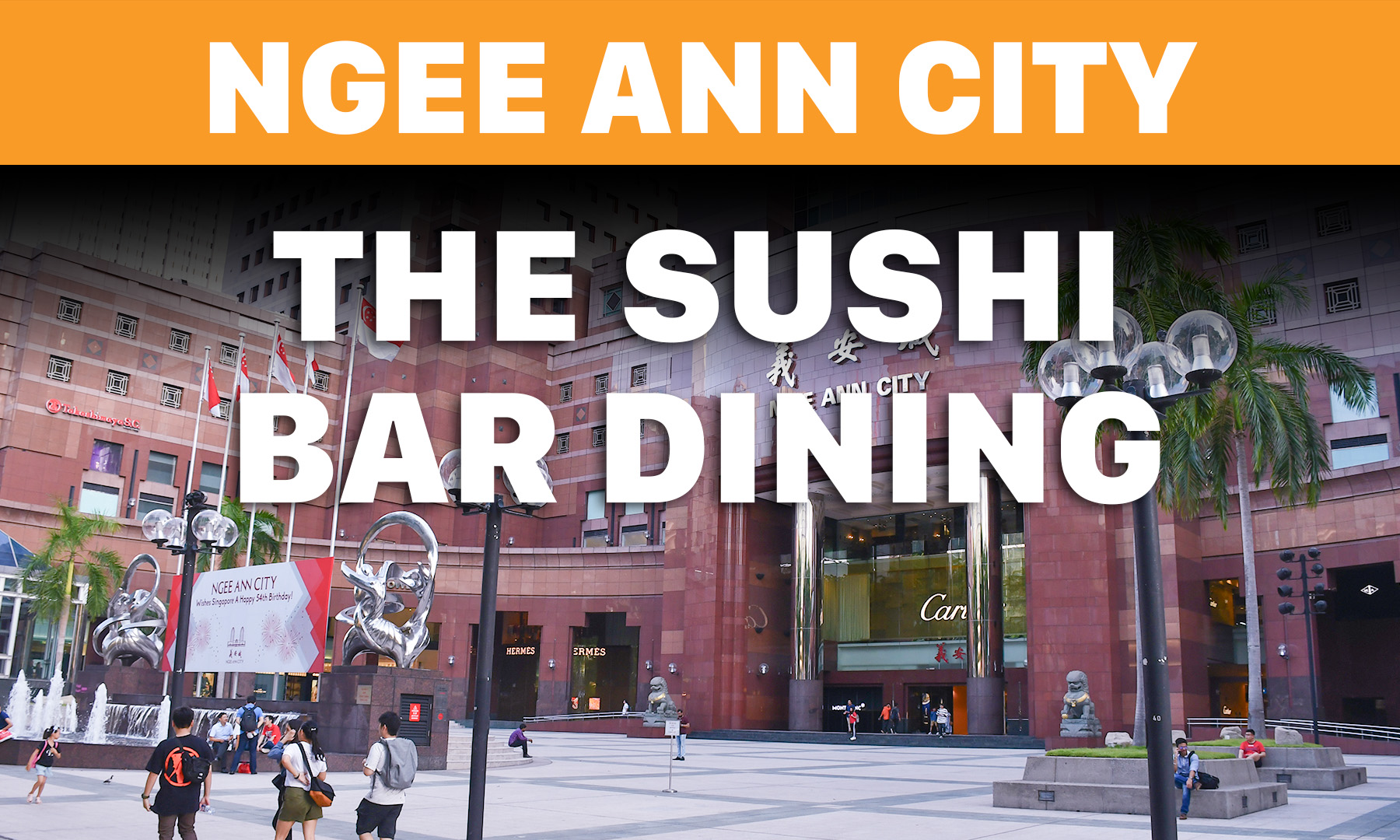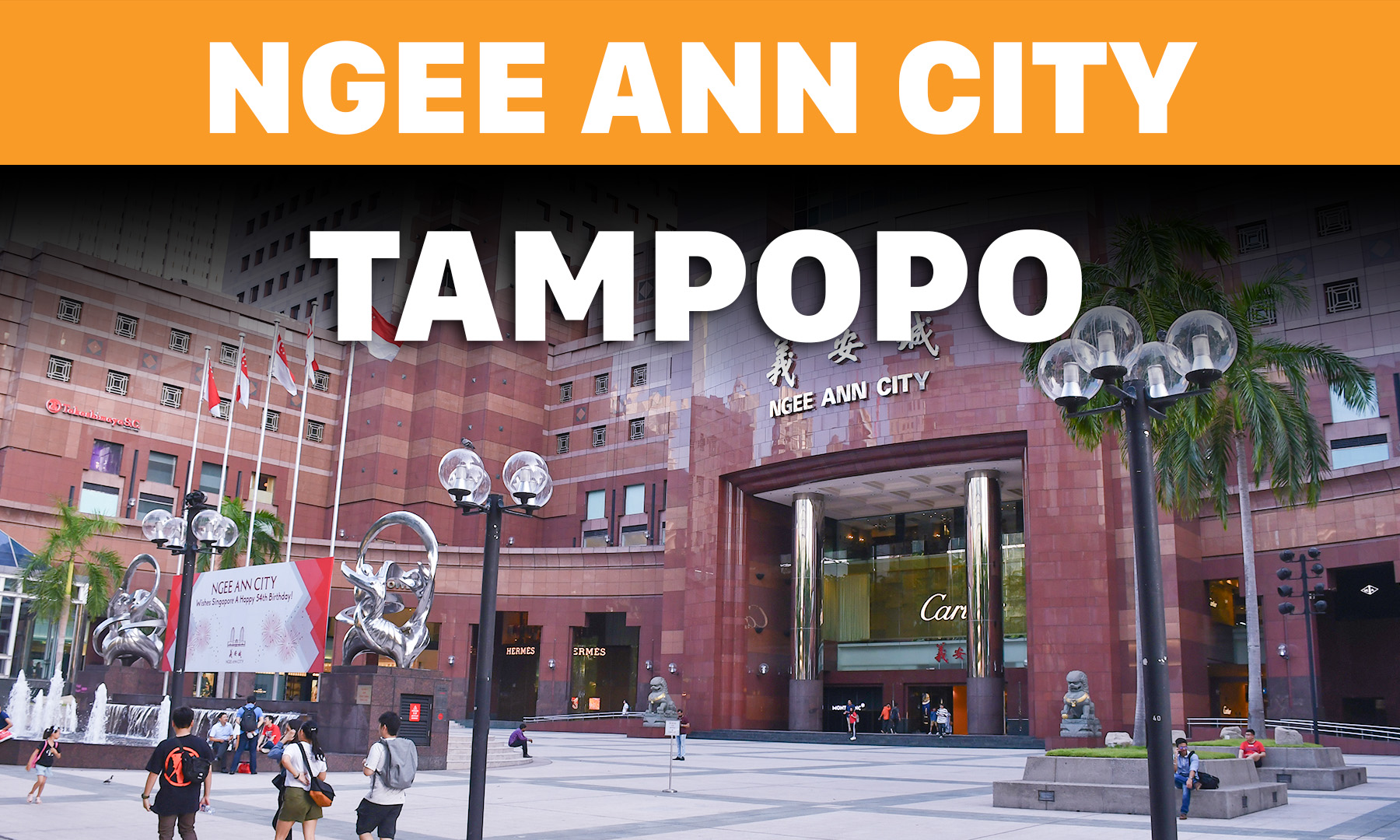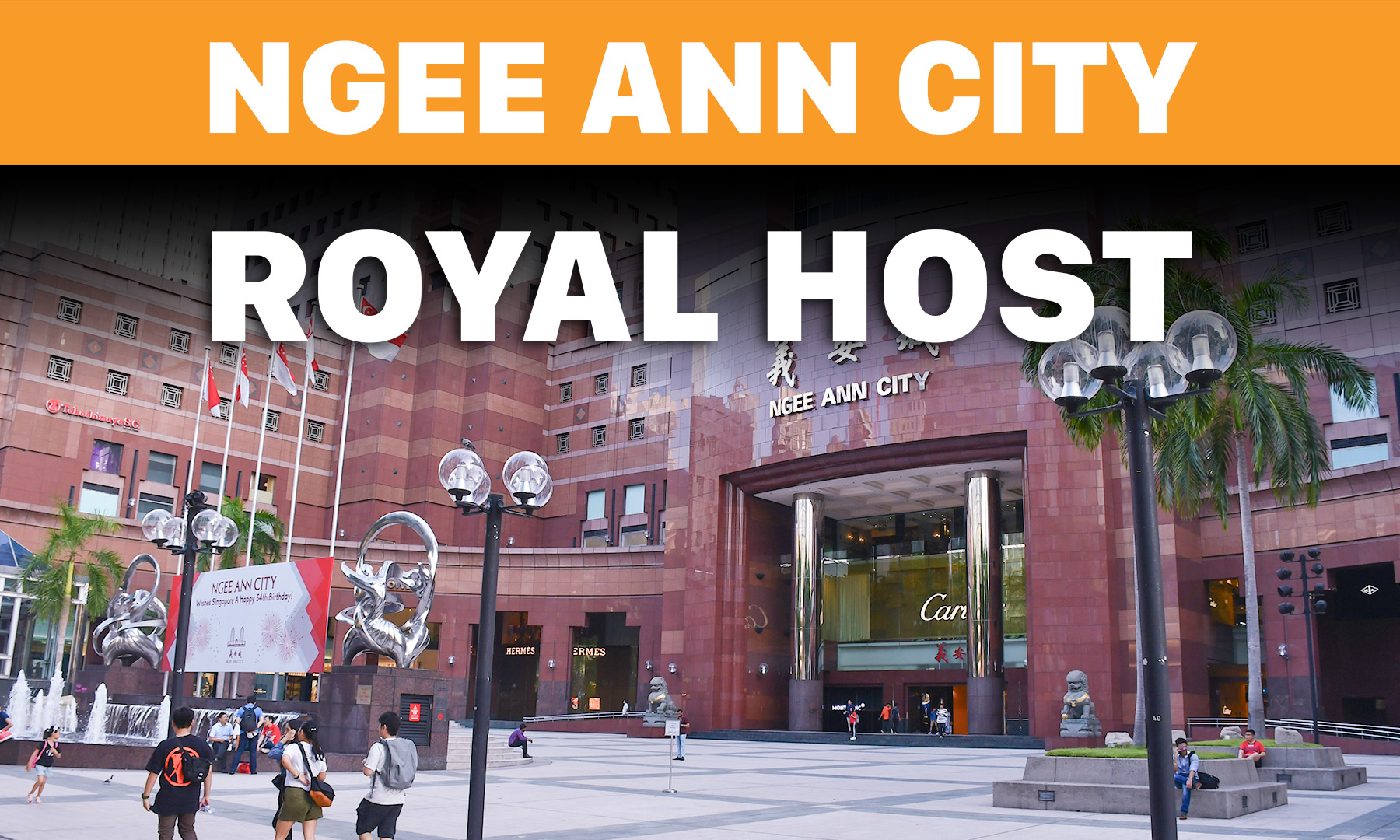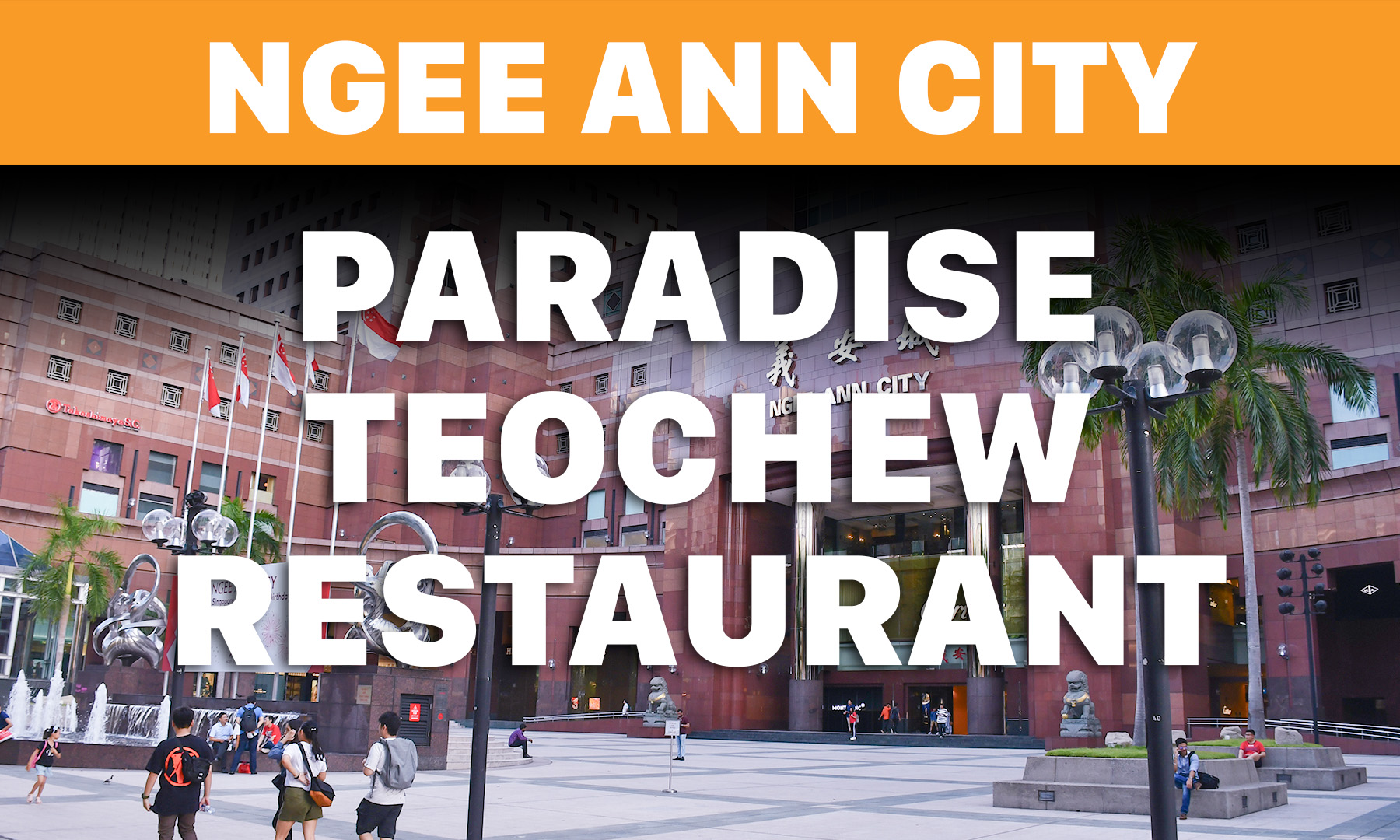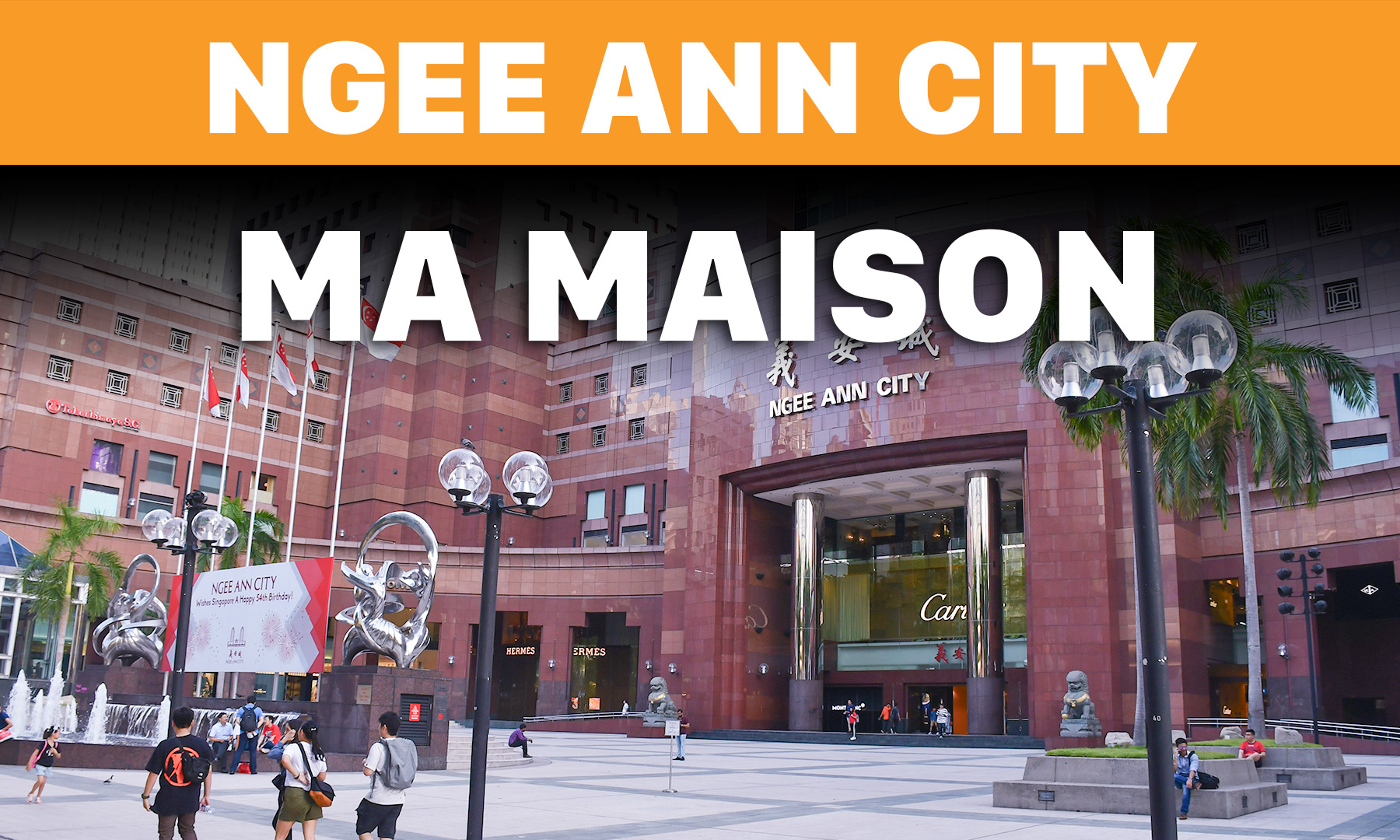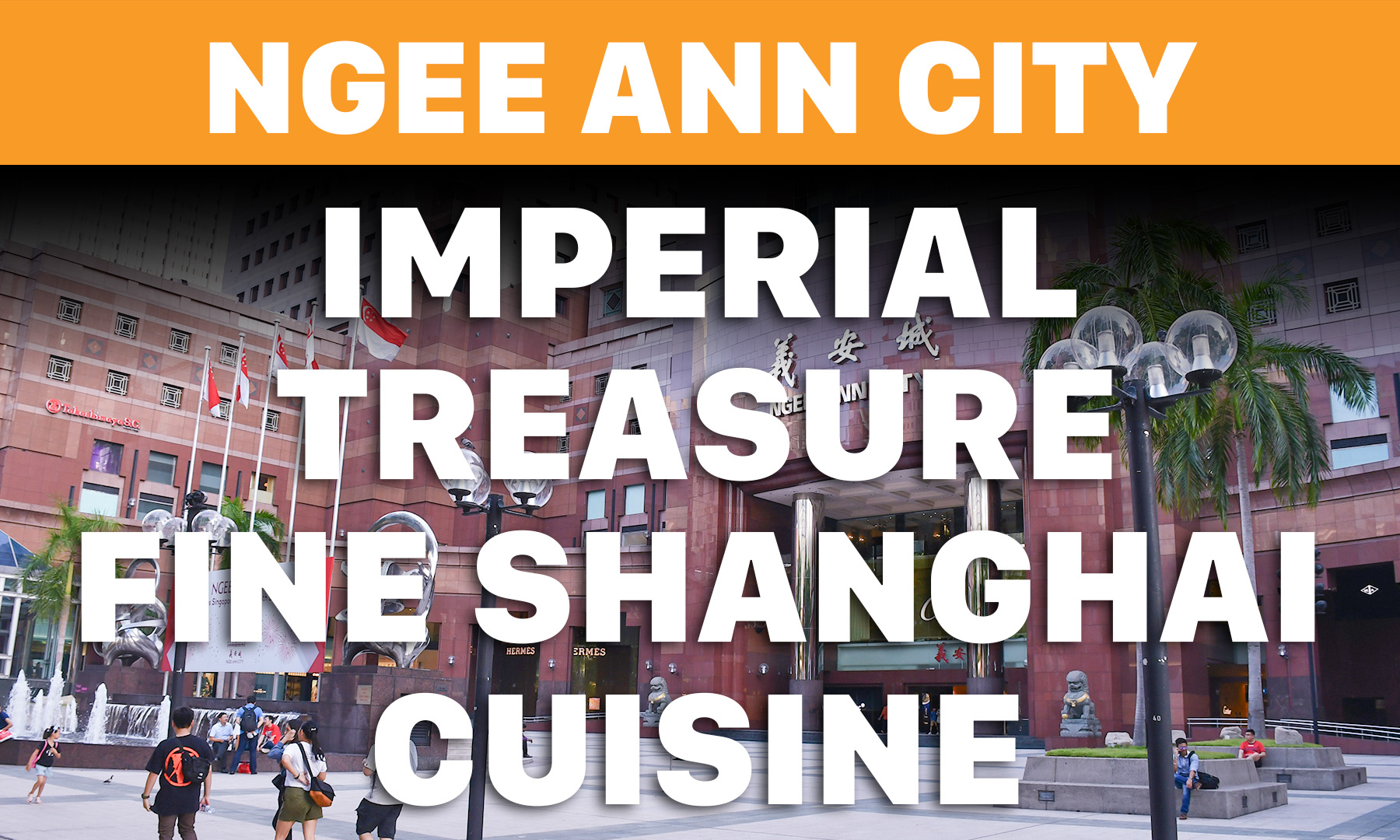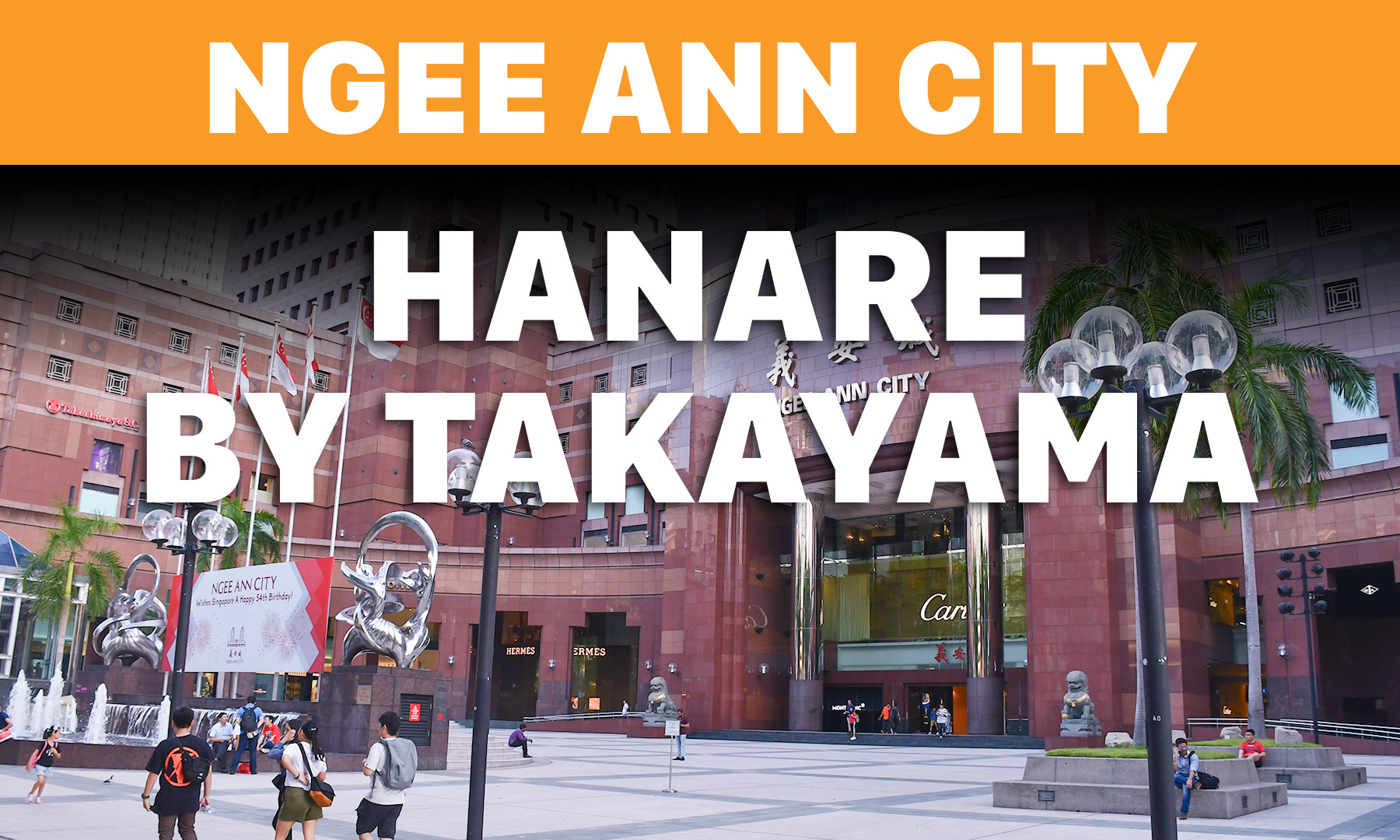Singapore's Remarkable Transformation: A 25% Increase in Land Area Through Engineering Marvels

Singapore's Land Expansion: A Historical Overview of Reclamation Efforts
Over the past two centuries, Singapore has remarkably increased its land area by 25 percent—from 58,150 to 71,910 hectares (or 578 to 719 sq km). This significant growth in land surface isn't a result of natural phenomena like tectonic movements or divine acts; instead, it's the result of human ingenuity through land reclamation.
The Beginnings of Land Reclamation
Historically, the pursuit of land has been a common cause for conflicts. However, Singapore, with its limited natural land, chose a path of peace and innovation by reclaiming land from its rivers and seas.

Boat Quay: The Pioneering Reclamation Effort
The history of land reclamation in Singapore dates back to the colonial era, specifically to January 1819 when Stamford Raffles first stepped onto the then mangrove and jungle-clad banks of the Singapore River. The transformation began soon after Raffles established the colony, leading to the first reclamation project along the south bank of the Singapore River in 1822. This effort, aimed at creating a suitable commercial district, resulted in the formation of Boat Quay and the area known today as Raffles Place.

Collyer Quay: Extending the Waterfront
As the community at Boat Quay and Commercial Square grew, so did the need for more space. By the late 1860s, expansion led to the creation of Collyer Quay between 1859 and 1864, named after Municipal Engineer George Chancellor Collyer. This project involved building a seawall and laying a road behind it, transforming the waterfront into a bustling hub for merchants and traders.
First and Second Reclamations at Telok Ayer
The reclamation efforts continued with the Telok Ayer Reclamation Scheme between 1879 and 1897, which extended the shoreline to include what are now Cecil Street, Robinson Road, and Raffles Quay. This was followed by a second reclamation project aimed at addressing the congestion at the Singapore River by creating a new harbour along Raffles Quay.

Challenges and Innovations
The Telok Ayer projects faced several challenges, including the sinking of a newly built seawall. Despite these issues, the projects provided valuable lessons in engineering and urban planning, leading to subsequent successful reclamations.
Kallang Basin and Beach Road Developments
The ambitious projects continued with the Kallang Basin reclamation in 1931, setting the stage for the construction of Kallang Airport, which was once dubbed "the finest airport in the world." At the same time, the Beach Road Reclamation expanded the shoreline and laid the groundwork for what would eventually become major public and recreational areas.

The Post-Independence Expansion
The pace of reclamation accelerated significantly after Singapore's independence in 1965. The East Coast Reclamation, known as the "Great Reclamation," began in 1966 and expanded the island's southeastern coastline substantially over three decades. This project was instrumental in developing new residential and commercial areas and was a critical part of Singapore's urban development strategy.
Other Notable Reclamation Projects
Simultaneously, the Housing and Development Board (HDB) engaged in multiple reclamation efforts across the island, which included the development of new towns and industrial areas. The Jurong Town Corporation (JTC) and the Maritime and Port Authority of Singapore (MPA) also played key roles in expanding land for industrial, port, and recreational uses.
JTC and Industrial Expansion
JTC's projects focused on supporting Singapore's growing industrial sector by reclaiming land in Jurong and Tuas for factories and shipyards. This not only facilitated industrial growth but also integrated green spaces into these developments.

MPA and the Development of Port Facilities
MPA's reclamation projects were crucial in expanding the Port of Singapore and developing Changi Airport, significantly boosting Singapore's status as a global aviation and maritime hub.
The Future of Land Reclamation
Looking ahead, Singapore's land reclamation efforts are expected to continue, driven by the need to accommodate a growing population projected to reach up to 6.9 million by 2030. However, the country faces challenges such as rising costs and environmental impacts, which are prompting a shift towards more sustainable land use practices.
This historical and ongoing journey of land reclamation not only highlights Singapore's innovative approach to urban development but also underscores the complex challenges and opportunities that come with such ambitious engineering projects.
















